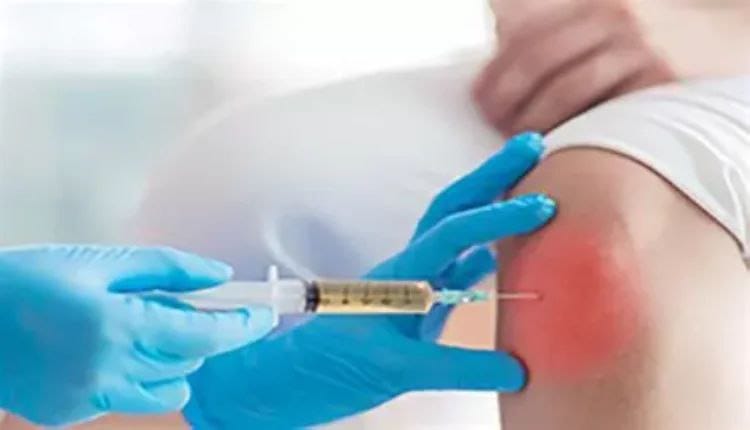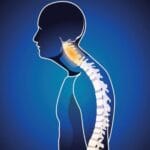Several options to help get you moving
If you’re one of the 30 million adults in the United States who live with joint pain, you know it’s often debilitating. It can keep you from staying active and even make daily chores seem impossible. What you might not know is that your doctor can treat you with more than pills or surgery.
Depending on the severity of your pain, injections can be another option for easing your joint pain and get you moving again, says sports and medical orthopaedist .
In many cases, we use these injections to try to reduce inflammation and pain in your joints. With some treatments, you often can experience fewer symptoms for several months.
There are several injectable options to help treat knee pain. The injections range from corticosteroids, which have been around for decades, to newer cellular therapies like platelet-rich plasma (PRP)s.
Your physician will decide which one is best based on your individual needs, says sports and medical orthopaedist.
Not every injection is right for every patients. We take a lot of time to understand your specific issues and create an injectable plan that works with your entire knee care path.This can include weight loss, exercise, stretching, activity modification, anti-inflammatory medications, as well as injection therapy.
Types of injection therapy available
Corticosteroid injections
Traditional injections, such as corticosteroids (“cortisone”), can be effective — particularly in the late stages of arthritis, as a way to get past a sudden increase in pain and delay the need for surgery.
Hyaluronic acid injections
Hyaluronic acid (HA) injections often are used when corticosteroid injections don’t work. But they usually are approved only for use in the knee.
In some instances, doctors consider HA injections first if you don’t have obvious signs of inflammation. HA also is a better option if you have diabetes, as corticosteroids can raise blood sugar levels.
Also known as gel injections, HA injections are chemically similar to your natural joint fluid.
When you have osteoarthritis, joint fluid becomes watery. So, this injection helps to restore the fluid’s natural properties and works as a lubricant and a shock absorber.
HA is a cushion or a buffer against inflammatory cells in the joint. In some cases, it can stimulate the knee to start producing more natural HA. Some physicians also believe that HA helps reduce pain by coating nerve endings within the joint.
One treatment, which may consist of between one and three injections, usually offers symptom relief for four to five months, but sometimes up to one year. However, pain and stiffness will return. Most insurance companies only approve one HA injection every six months.
Platelet-rich plasma (PRP) injections
Platelet-rich plasma (PRP) injections are a newer alternative to treat osteoarthritis joint pain. Cells from the patient’s own blood are processed in a centrifuge to remove red blood cells and most white blood cells, concentrating the platelets. A growing body of evidence has shown that PRP can be as effective or more effective than anti-inflammatory medications or cortisone, particularly in the early stages of arthritis.
Side effects of injection therapies
Side effects include a very low risk of infection and pain at the injection site. You also must stop taking oral anti-inflammatory medications for a short amount of time if you get a PRP injection.
Often, many of these injections are effective in reducing or stopping your joint pain, but it’s important to remember that they may not keep the pain from returning. In fact, they’re most effective when used with other therapies. And we consider surgical options only if other treatment options have failed.”





